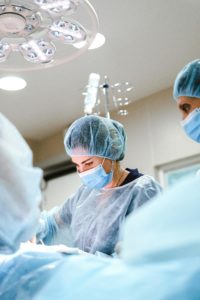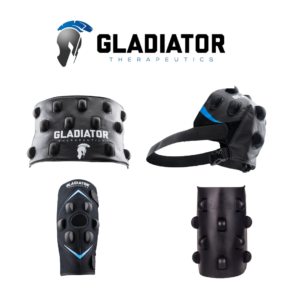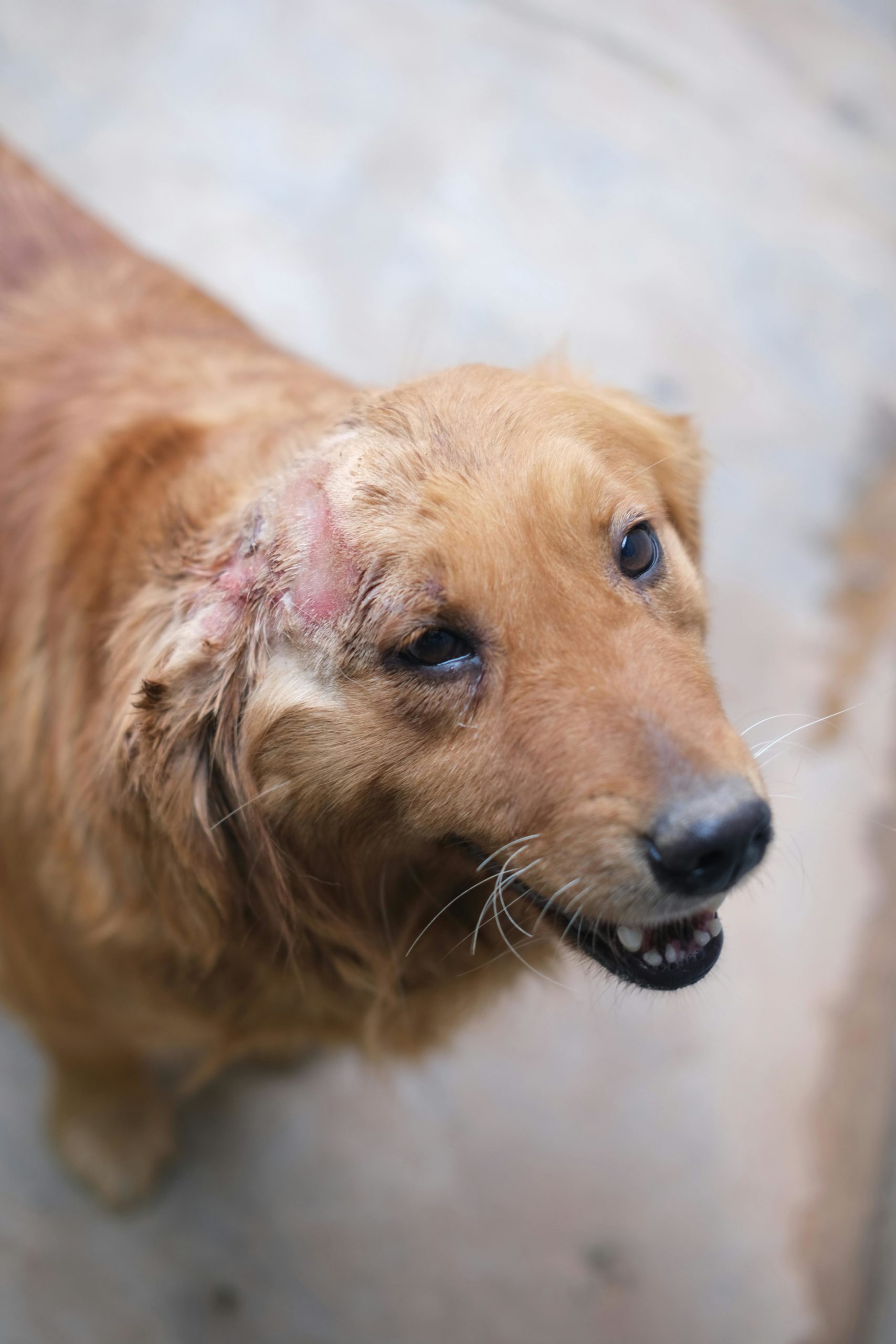When wounds don't heal as expected, it requires a dedicated approach and a thorough understanding of the underlying factors that affect wound healing.
Skin regeneration is a complex process where many factors come into play, from nutrition and comorbidities to local wound management. The challenge is often to identify and treat all these aspects to promote effective healing.
Patience is essential.
Causes of chronic wounds
Chronic wounds develop when the wound healing process is delayed or impeded for various reasons. Often there is an underlying health issue that creates an unfavorable environment for healing. This causes the wound to stagnate in one of the healing phases and become chronic.
The most common causes include circulatory disorders such as venous insufficiency and arterial disease. These conditions lead to reduced blood supply and oxygen to the tissue, which is essential for wound healing. Diabetes, immunodeficiency and infections can also play a crucial role in why some wounds become difficult to heal.
Pressure ulcers, also known as bedsores, are another common type of chronic wound. They occur as a result of sustained pressure against the skin, which disrupts blood circulation and leads to tissue death.
Infection and inflammation
Infections in wounds can delay the healing process and significantly worsen the condition.
The presence of bacteria in a wound does not necessarily equate to infection, but can be a sign.
To prevent further problems, it is critical to recognize the signs of infection early: redness, heat, increased pain, and secretion of fluid from the wound require prompt intervention.
The success of the treatment depends on a targeted effort - this may involve antibiotics, debridement of dead tissue, and ensuring that the wound is kept clean and protected from external influences.
Poor blood circulation
Impaired blood circulation can significantly delay the wound healing process. This is because oxygen and nutrients are not transported efficiently to the wound area, which is essential for tissue repair.
Various methods can be used to increase blood circulation. For example, compression therapy can be used to promote venous return, while adapted physical activity stimulates blood flow. In addition, optimizing nutrition can help to strengthen the blood vessels and thus improve the supply of oxygen and nutrients to the wound. Pressure ulcers must be handled with great care, as they require constant attention to avoid further damage to already critical areas.
In some cases, medical intervention may be required to improve blood circulation. The use of blood-thinning medication, blood pressure control and, in severe cases, surgery to remove blockages may be considered. This requires close monitoring by a healthcare professional to ensure that the treatment has the desired effect without causing further problems.
For people with complex health problems, interdisciplinary collaboration is essential. Specialized treatment plans should include regular assessment of circulatory status and be tailored to individual needs. Active participation in treatment, along with the support of a qualified care team, can lead to significant improvements. With the right approach and patience, even chronic wounds can find their way to healing.
Underlying diseases
Underlying diseases can have a major impact on wound healing and need to be addressed for effective treatment.

-
Diabetes: Affects blood sugar levels and blood circulation, which can delay wound healing.
-
Vascular diseases: Complications such as poor blood circulation can hinder the transportation of oxygen and nutrients to the wound.
-
Infections: Untreated infections can worsen the condition and counteract the healing process.
-
The state of the immune system: A weakened immune system can reduce the body's ability to fight infections and heal wounds.
-
Nutritional status: Malnutrition can lead to a lack of essential nutrients needed for wound repair.
-
Chronic diseases: For example, rheumatoid arthritis or lupus can also affect wound healing.
A thorough assessment of these factors is essential when drawing up a treatment plan.
Achieving the best possible results requires a holistic approach to the patient's health. This includes optimizing medication, diet and other relevant treatments.
Thorough cleaning techniques
When it comes to non-healing wounds, adequate and careful cleaning is of the utmost importance to minimize the risk of infection and promote the healing process. The use of sterile fluids such as physiological saline for thorough irrigation is essential, and any foreign bodies or dead tissue must be removed with great care. Regular debridement may be required, where gentle removal of dead or damaged tissue from the wound is performed to stimulate the growth of healthy tissue and a more efficient healing process.
A gentle and methodical technique for cleaning chronic wounds can be important. The use of soft brushing cloths or creams specific to wound care can help to reduce irritation to surrounding healthy skin and support an environment where the wound can heal in the best possible way.
Proper wound cleaning
1. Start by gently rinsing the wound.
Proper wound cleaning begins with gentle rinsing to remove dirt and bacteria. This should be done with sterile solutions such as physiological saline. It is essential that all cleaning is carried out with great care to avoid further damage to the sensitive wound tissue. Gentleness supports the wound's natural healing process and helps to prevent infections.
2. Use sterile compresses for drying.
After rinsing, the wound should be carefully dried with sterile compresses to remove excess fluid and contribute to a dry wound environment. Remember to be careful not to disturb newly formed tissue during the healing phase of the wound.
3. Choose the right wound care products.
Choosing appropriate wound care products is essential. The range of dressings and creams is vast, and it is important to choose products that allow the skin to "breathe", support the wound healing process, and minimize the risk of skin irritation or infection. This requires customized knowledge of the products' properties and composition.
4. Follow up with regular checks.
Continuous monitoring and regular checks are key to detecting and managing any changes in the condition of the wound. This allows for early intervention to improve the healing environment and avoid complications. Collaboration with healthcare professionals ensures a dynamic and individualized wound management process.

Homemade cleaning solutions
Using homemade cleaning solutions can be a good option for gentle, daily cleaning of wounds. However, it is important to use the right ingredients that do not damage the wound area or interfere with the healing process.
Natural solutions such as diluted vinegar water or saline solutions can act as gentle disinfectants. To make a saline solution, mix one teaspoon of sea salt in one liter of boiled and cooled water. This can be used to gently cleanse the wound, helping to remove bacteria and foreign bodies without irritating the tissue.
It is also possible to use diluted green soap in lukewarm water as a cleanser. This can help remove dirt and grease from the wound while being gentle on the skin's natural barrier. However, remember to rinse well with clean water afterwards to remove soap residue from the wound.
When choosing cleaning solutions, it is important to consult with a healthcare professional, especially if wounds are large, deep or show signs of infection. While homemade solutions can be effective, the right precautions must be taken to ensure that wound management supports the overall health process, prevents complications and promotes rapid and effective healing.
Gladiator Therapeutics
In the treatment of non-healing wounds, curative technology represents a step towards the future. Gladiator Therapeutics uses an innovative technology that aims to relieve pain and accelerate healing processes. It uses infrared energy to stimulate circulation and increase cellular repair. Research shows that using this technology heals wounds 68% faster than without.
This method, known as biocompatible resonance, is based on scientific principles of body heat and energy exchange. Infrared light from Gladiator Therapeutics equipment works to improve blood circulation and reduce inflammation, which can be essential for healing chronic and hard-to-heal wounds. These therapies offer a less invasive approach that complements traditional therapies.
Integrating Gladiator Therapeutics into wound management adds a new tool to the fight against wound complications. It is side-effect free, safe to use and can give patients an extra helping hand in the healing process. This represents a valuable opportunity to support the body's own recovery ability and contribute to a more efficient wound healing process.
Throughout, it is important to remember that new medical technologies such as Gladiator Therapeutics should be used in consultation with healthcare professionals. Care is taken to ensure that each patient receives an individualized treatment plan that is tailored to their unique needs. A holistic approach to wound management, combining modern technologies with traditional methods, increases the chance of recovery and brings hope for faster healing and better quality of life.
If you have a wound that won't heal or are suffering from late damage or pain after surgery, please contact us.


